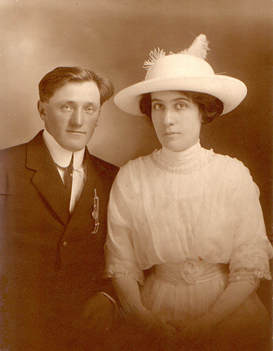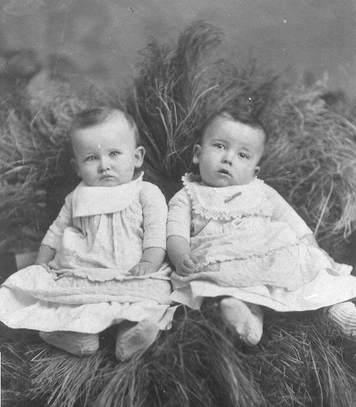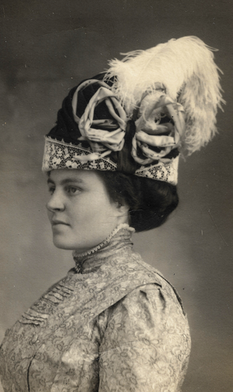|
Assumptions. We all make them whether they are about places, people, or things. But when we start making assumptions about our genealogy research, we can quickly get into trouble. Let’s look at how assumptions can send us down the wrong track. I thought I’d share a case study of my own since this recently came to light. Despite many years of genealogy experience, I found that an early assumption at the beginning of my research resulted in a dead end that I haven’t been able to get past.
Here’s what I knew (or thought I knew).
So after all these years, what changed? Two major things: access to more Irish records online and the death certificate of her son in Canada was now available online. (Her daughter’s death certificate (my relative) has not yet been found.) Finding the death certificate of the son resulted in a new name being introduced as his mother’s maiden name: McCarthy, NOT Driscoll! With that information, we’ve been able to look at church records in County Cork and identify the daughter and son as well as the mother and father. The son’s birth year is accurate. The daughter’s birth year is a year earlier than other records indicate. Is this 100% proof? Not quite but it does want me to explore this more. Death Records are great because they can be clues but they are considered both primary and secondary records. The individual reporting the death certificate information would provide primary information about the death date and place but because they weren’t at the birth, the birth and birthplace would be considered secondary information. Birth and Marriage records are primary records because either they are created by the individuals involved or were created by people involved close to the time of the event. To learn more about primary and secondary records, read here. So, while this new name has been more promising, I’d like to find another data point to confirm and tie the information. So, the search continues! What does all this mean to you? This year pick one or two of your brick wall ancestors. Review the information that you have and look to see what you’ve assumed. What if your assumption was wrong? Are there new records available that you could research? While we’d like to believe that when we find a name it must be our relative, but we do need to do the due diligence to prove or even to disprove that it is. If you want to learn more about mistakes and assumptions in genealogy, there are many articles online and in genealogy books that remind us all not to make leaps using assumptions without proof. Happy sleuthing! “Never assume the obvious is true.” --William Safire
0 Comments
Leave a Reply. |
AuthorWith a lifelong passion for genealogy and history, the author enjoys the opportunity to share genealogy tidbits, inspiring others to research and write their family story. Archives
July 2024
Categories |




 RSS Feed
RSS Feed